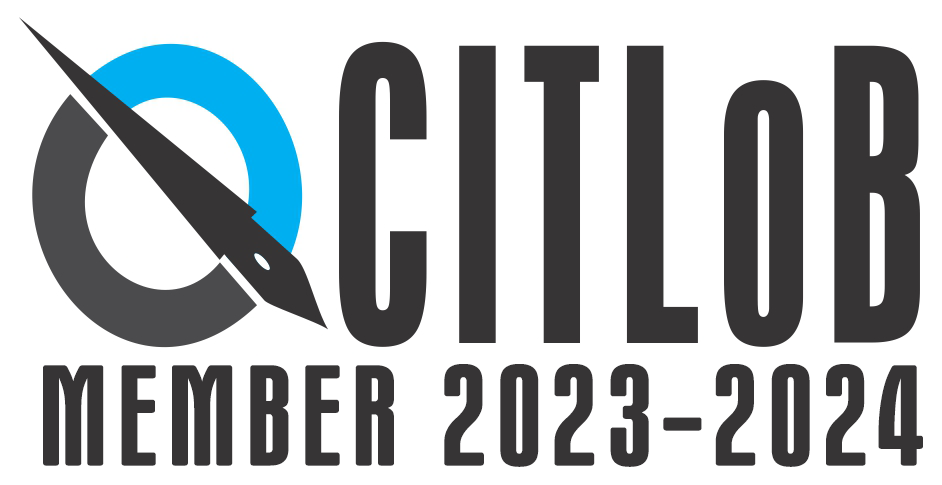In our interconnected world, seamless communication transcends language barriers – it encompasses cultural nuances, including date and time formats. The localization of date and time formats is a critical aspect of global communication, ensuring that information is presented in a way that resonates with regional preferences. In this blog, we explore techniques that empower businesses to effortlessly adapt date and time formats to match diverse cultural expectations.
- Understand Regional Preferences:
The first step towards effective date and time localization is understanding the specific preferences of your target regions. Different cultures have varying conventions for displaying dates, such as the order of day, month, and year, and the use of separators. Similarly, time formats, including the use of 12-hour or 24-hour clocks, vary across regions. Researching these preferences is key to delivering a localized experience that feels familiar and natural to users.
- Utilize Locale-Specific Libraries:
Modern programming languages and frameworks often provide libraries that facilitate date and time localization. These libraries are designed to handle different date and time formats based on user locale settings. Leveraging these tools not only saves time but also ensures accuracy in presenting dates and times according to the region where the content is being consumed.
- Dynamic Formatting:
Implement dynamic formatting based on the user’s device settings or chosen language. By utilizing browser settings or user profiles, applications can automatically display date and time formats that align with the user’s regional expectations. This approach provides a personalized experience that caters to individual preferences.
- User-Defined Preferences:
Empower users to choose their preferred date and time formats within your application’s settings. Allowing users to customize how dates and times are displayed enhances their experience and ensures inclusivity for a global audience. This technique puts the power of choice in the hands of the user, fostering a sense of comfort and familiarity.
- Collaboration with Localization Experts:
Collaborating with localization experts and translators who possess cultural insights is invaluable. These professionals can offer guidance on the most appropriate date and time formats for specific regions, ensuring that your application or content aligns with local customs and expectations.
- Testing and Iteration:
Localization is an iterative process. Regularly test your localized content with users from different regions to gather feedback on the effectiveness of date and time formatting. This user-centric approach allows you to fine-tune your localization techniques and make adjustments based on real-world usage.
Conclusion: Bridging Cultural Divides with Localization
The localization of date and time formats is a testament to the power of attention to detail in global communication. By seamlessly adapting these formats to regional preferences, businesses demonstrate cultural sensitivity and create a user experience that resonates deeply with diverse audiences. In a world where connection and understanding are paramount, mastering these techniques is an essential step towards building bridges and fostering meaningful connections across cultures.




